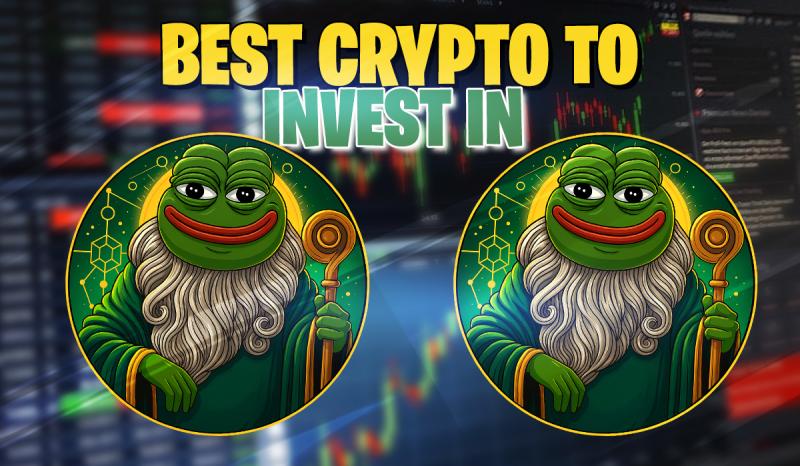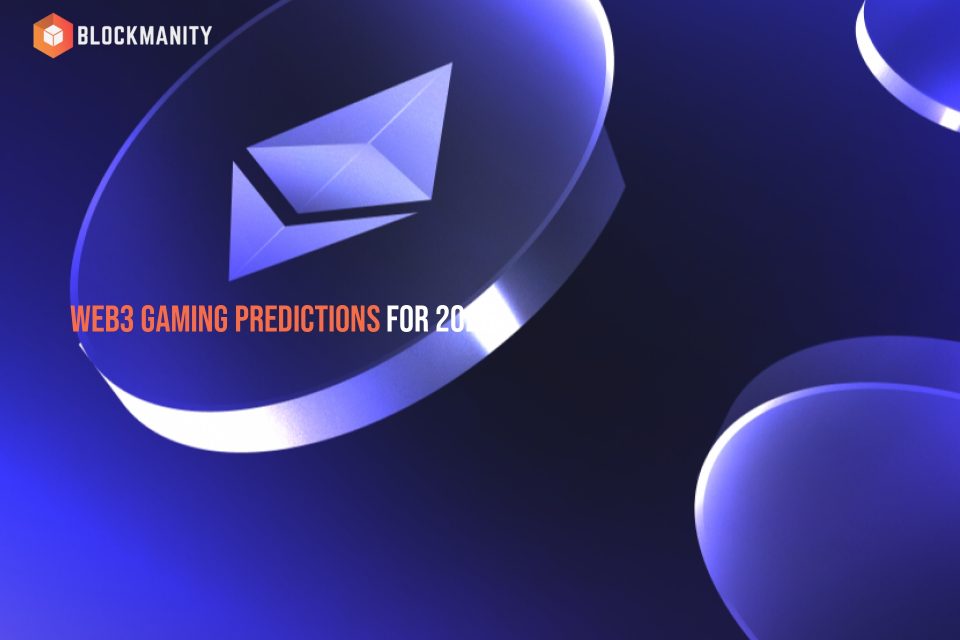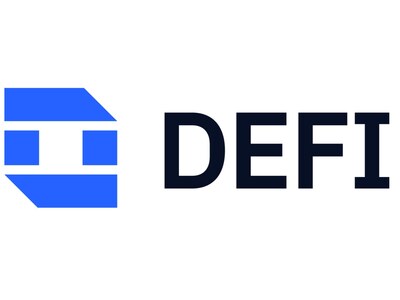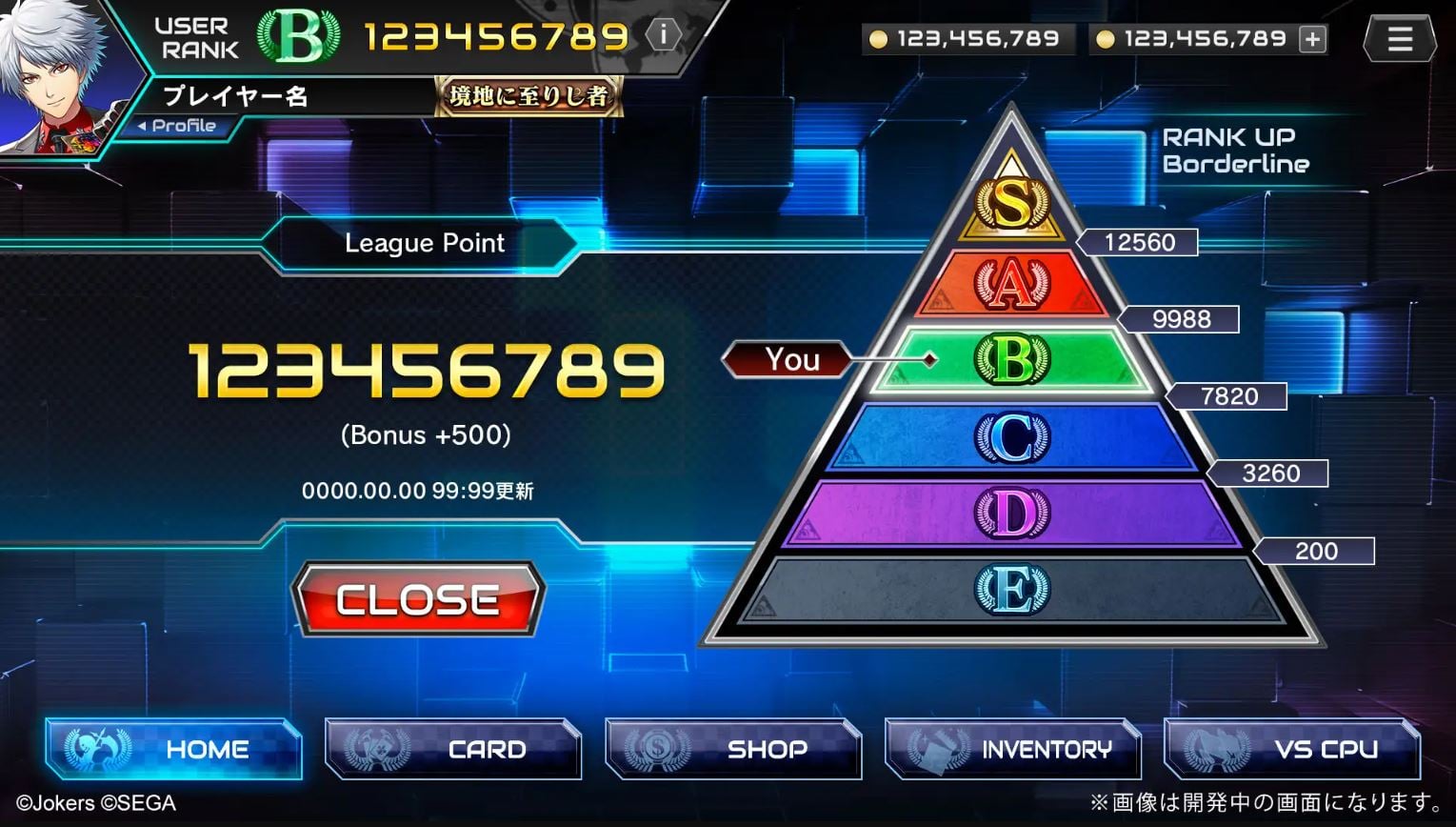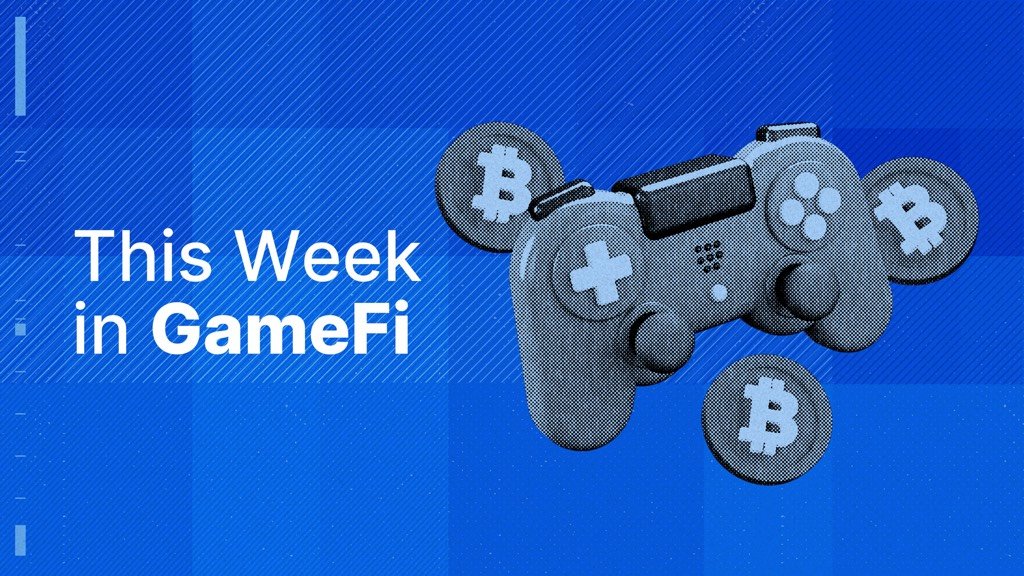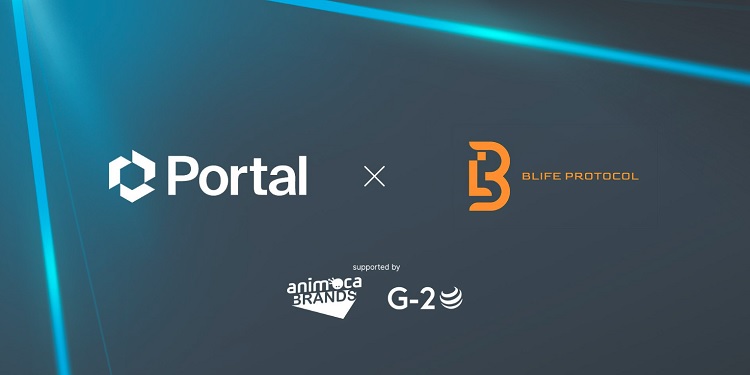The main tag of NFT News Today Articles.
You can use the search box below to find what you need.
[wd_asp id=1]
What Should We Know About The Current State of DeFi Development?
The decentralized finance (DeFi) industry is constantly changing, particularly in developer engagement and market trends. Santiment’s latest data indicates that many well-known platforms like Aave and Uniswap are moving from a phase of rapid growth towards a more stable focus on maintaining their existing protocols. It appears that development efforts are concentrating more on established platforms, particularly those supplying important infrastructure, such as Chainlink.
As DeFi advances, the importance of adhering to regulations and creating products centered around user needs becomes significant. Fintech startups can take important insights from these developments as they look to navigate the DeFi landscape.
What is Chainlink’s Role in DeFi?
Chainlink has taken a prominent lead in the DeFi sector, significantly outpacing other projects in terms of development engagement. This decentralized oracle network is essential for providing accurate data feeds that facilitate the integration of tokenized real-world assets (RWAs) and bolster the security of smart contracts. Chainlink’s firm grasp on the oracle market—around 60-70%—highlights its role as a foundational element for crypto banking.
The consequences of Chainlink’s leadership are critical for fintech startups. Utilizing Chainlink’s technology can enhance the trustworthiness of financial products, making them more appealing to heavy-hitting institutional investors. Additionally, as regulatory frameworks like the EU’s MiCA become more prevalent, startups that utilize Chainlink’s infrastructure may find themselves in a stronger position to manage compliance requirements.
How are Mid-Tier Projects Currently Shining?
In the face of all sorts of market fluctuations, mid-tier DeFi projects like DeFiChain and DeepBook remain popular among developers, thanks mainly to their consistent innovation and community focus. These projects not only gain traction due to their technological offerings, but also their focus on niche sectors and specialized solutions.
For example, DeFiChain has shown a commitment to ongoing development and community involvement, resulting in higher activity in developer engagement rankings. DeepBook has also benefitted from its quick order book and its place within the Sui ecosystem, making it appealing for developers seeking to create decentralized applications (dApps) and trading utilities.
The strategies of these mid-tier projects provide practical models for fintech startups. Emphasizing community involvement and user needs can lead to the creation of successful products that genuinely resonate with potential users.
What are Established Platforms Doing in 2025?
With 2025 on the horizon, established DeFi platforms are likely to pivot towards fine-tuning their current offerings rather than pushing for rapid expansion. Platforms like Lido, Aave, and Uniswap are focusing on enhancing user experience, bolstering security features, and adapting to the evolving financial market demands.
For instance, Lido is concentrating on its liquid staking models, reflecting the increasing demand for more fluid staking solutions. Likewise, Aave’s development of flash loan capabilities and its multi-chain functions illustrate its intent on providing users with various financial tools.
Fintech startups should also consider using these principles in their framework. Concentrating on user experience, security, and adaptability will be vital in remaining relevant in the ever-changing finance industry.
What Should Fintech Startups Take Away from This?
The insights gained from the current DeFi development state carry substantial implications for fintech startups. Here are some important points to reflect on:
-
Regulatory Compliance is Key: Startups need to be ready for regulatory frameworks like MiCA so they can draw in institutional investment. This entails constructing compliant models centered on transparency and risk mitigation.
-
Interoperability for the Win: The ability to seamlessly integrate various platforms can enhance user experience. By constructing aggregators that fuse several services together, fintechs can attract a wider customer base.
-
Hybridization is the Future: Blending the efficiency of DeFi with the security of traditional finance can yield strong financial products. Startups should explore how blockchain solutions can enhance transparency and drive down costs.
-
AI is a Valuable Tool: Embracing AI for fraud detection, personalization, and task automation can drastically improve user experience. Financial startups should consider how best to leverage AI in conjunction with DeFi protocols.
-
User-Centric Development: Prioritizing mobile-first products, tokenization, and embedded finance can attract a broad customer base. By focusing on real user needs, fintechs can craft products that resonate with the target demographic.
In summary, the shifting state of DeFi development presents both hurdles and opportunities for fintech startups. Learning from both established platforms and mid-tier projects can help startups find their footing in this competitive environment. The keys to thriving will be innovation, regulatory alignment, and user-centered designs.

